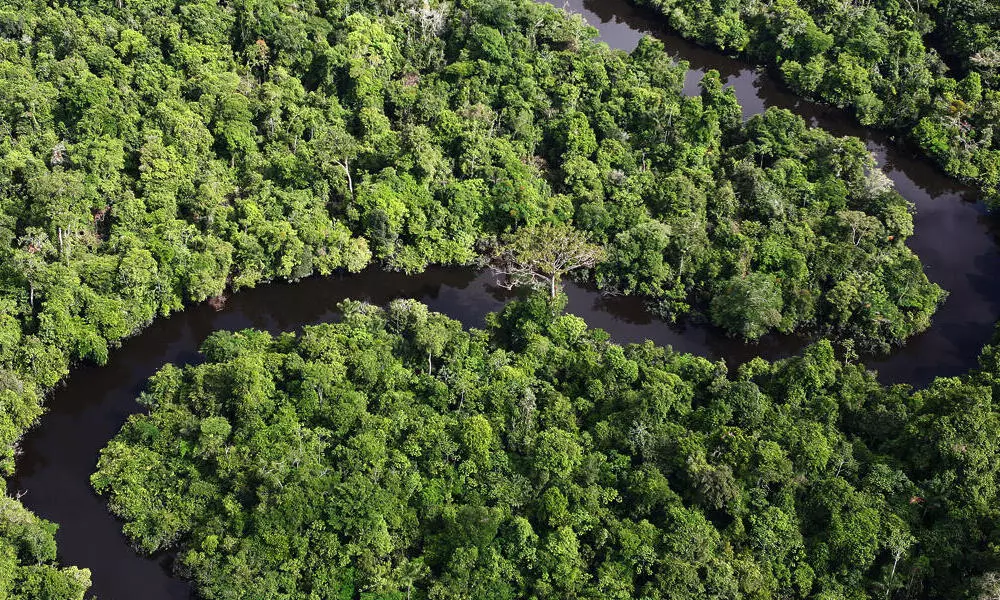
Black soil found in Amazon may hold key to forest regeneration
text_fieldsWashington: One of the indigenous communities living in the Americas, Amerindians, have in the past successfully transformed formerly poor soil into fertile land. Researchers from Brazil think that this technique and soil may hold the key to forest regeneration not only in the Amazon but across the world.
The Amazonian tribe enhanced the soil using charcoal from low-intensity fire used in cooking or burning trash, animal bones, broken pottery, compost, and manure through many generations between 450 BCE and 950 BCE. This led to the creation of Amazonian dark earth (ADE) or terra preta or Amazonian black earth.
The high concentration of nutrients makes it extremely fertile and the stable organic matter formed from charcoal gives it black colour.
The Amazon rainforest is in crisis because 18 pc or around 780,000 km2 of it has been destroyed since the 1970s. Brazilian scientists are hopeful that using ADE will help in regenerating the lost forests. They ran a miniature model to show that knowledge of what ingredients makes ADEs so fertile can be applied to speed up ecological restoration projects.
Luis Felipe Zagatto, author of the study and student at the Centre for Nuclear Energy in Agriculture at So Paulo University, told ANI that the model shows that the use of ADEs can enhance the growth of pasture and trees due to their high level of nutrients as well as the presence of beneficial bacteria and archaea in the soil microbial community.
The team conducted controlled experiments to mimic the ecological succession and study how ADEs or soils with artificially composed microbiomes can boost the process of reforestation. Researchers observed how changes to the soil influence or what will happen to the soil when pastures in deforested areas are actively restored to the forest.
Scientists allowed tree seeds to germinate and grow for three months in the greenhouse prepared with ADEs. Their roots' height, dry mass, and extension were measured. They also quantified the changes in the soil's pH, texture, and concentration of organic matter. Molecular methods were used to measure changes in microbial diversity in the soil.
"Our data point to a mixture of soil nutrients and adapted microorganisms in ADE to improve the establishment of plant trees in restoration," wrote the scientist in their paper.
However, they noted that ADEs have taken thousands of years to accumulate. If they are taken from their environment and used in restoration projects, it will take another thousands of years to regenerate in nature. Researchers do not recommend utilising ADE itself but design soil samples that copy the characteristics, especially the microbiome, of the back soil.





